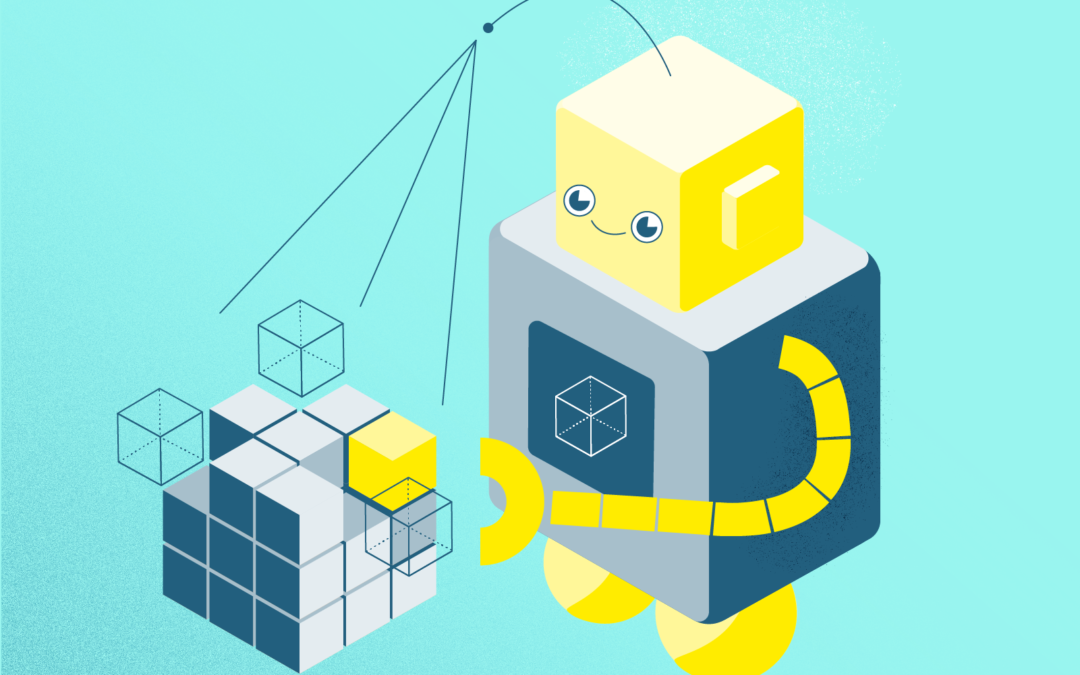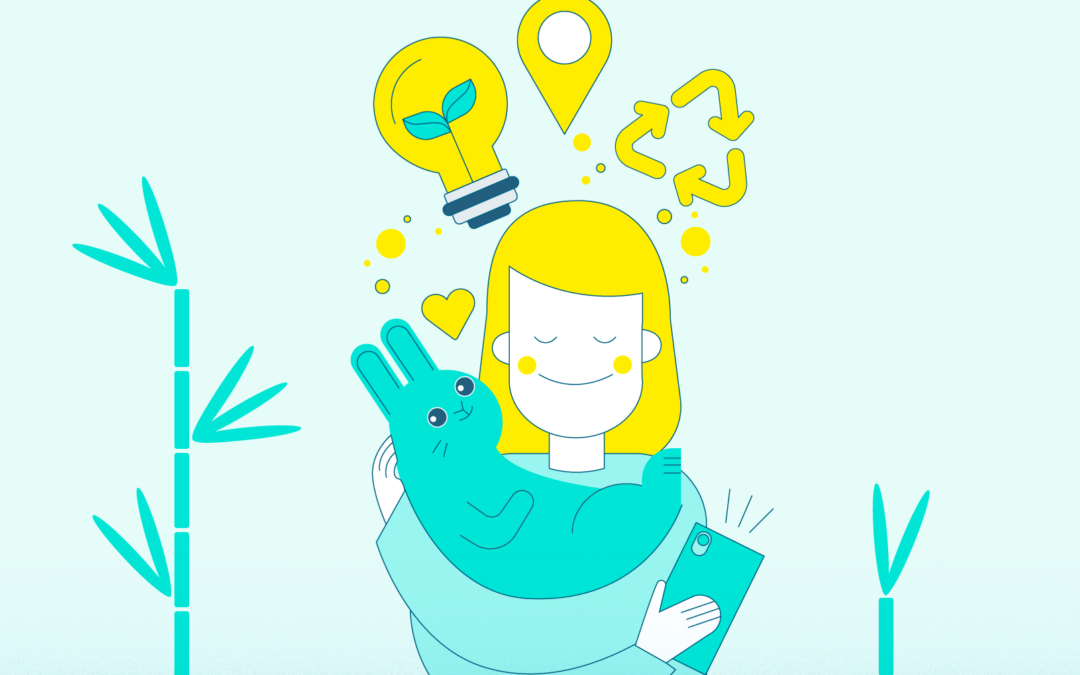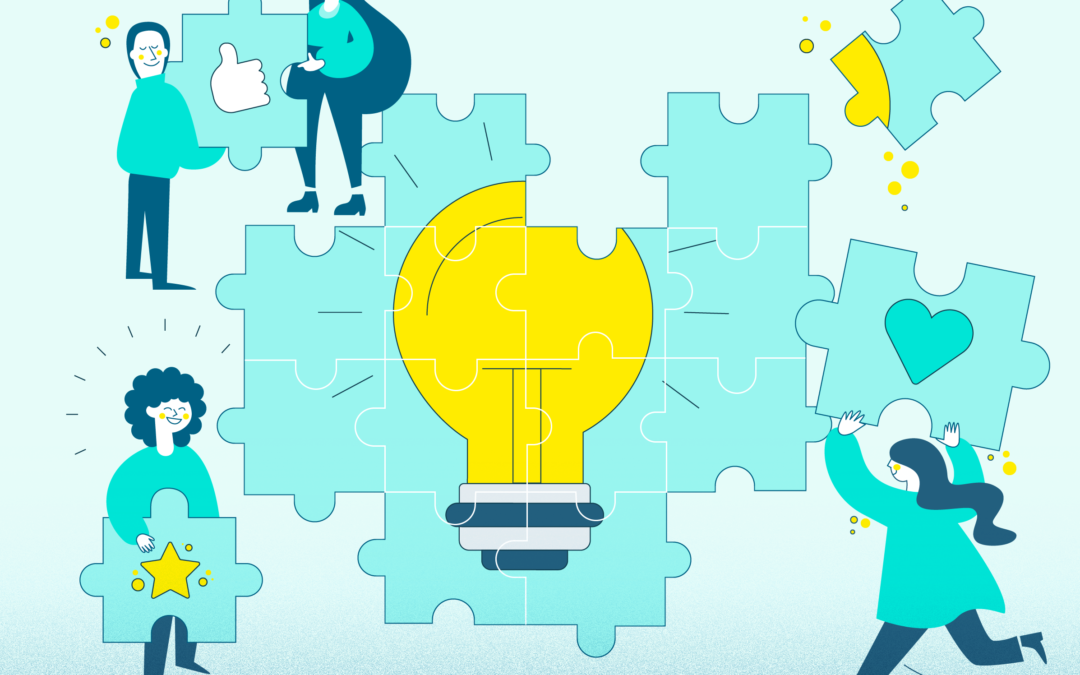
World is evolving around us with technological developments. Machines and technology are an undeniable part of our world and will continue to be for the near and far future. In this context, it is important to see and understand how humans benefit from these developments and how we can develop ourselves to remain grounded, resourceful and capable within these changing environments.
The Institute For The Future (IFTF) (2011) explained what skills will be needed to be successful in the 21st century. A range of diverse answers was found, those were further narrowed down to the following ten competencies or areas of development. These are the future skills humans can embrace to equip themselves for the undeniable change that we are constantly living in. Similarly, Ehlers created The Future Skills Report (2019). The time difference between these two reports enables us to draw critical conclusions not only on how accurate the predictions were but also how substantial the constant flux and change we are living in is.
By developing these ten skills, you will not only grow as an individual but chances are that you will remain successful in our wonderfully interesting world.
1. Sensemaking
Sensemaking is defined as “the ability to determine the deeper meaning or significance of what is being expressed” (IFTF, 2011 p. 8). Sensemaking skills are skills that help us create unique insights critical for decision making. These innate human capabilities cannot yet be replicated by machines. With regards to future skills in general, we as humans need to identify what makes us unique and work on those abilities as well as embrace them in our work and personal lives.The future driver connected to this future skill is smart machines and systems.
2. Social intelligence
Social intelligence is defined as the “ability to connect to others in a deep and direct way to sense and stimulate reaction and desired interaction” (IFTF, 2011 p. 8). The experience of emotions, how we feel them and how they interact with our physical state and behaviour is just as complex as critical thinking.When someone is socially intelligent they are not only aware of their own emotional state but also that of others. This relates to emotional intelligence. Socially intelligent employees are aware of the emotions of the people around them and can change their demeanour, words and tone as well as gestures accordingly and accurately. Our social IQ has developed over millennia as we have evolved as social beings. Being able to collaborate in meaningful ways is a big advantage for humans.The future drivers related to this future skill are globally connected world and the rise of machines and systems (IFTF, 2011).
3. Novel and adaptive thinking
Novel and adaptive thinking is the “proficiency at thinking and coming up with solutions and responses beyond that which is role- or rule-based” (IFTF, 2011 p. 9).Situational adaptability is the ability to respond to unexpected circumstances positively and productively. As our world is everchanging, the ability to be open to change is very important. Human characteristics such as creativity, ingenuity, adaptability and agility are important here.
4. Cross-cultural competency
Cross-cultural competency is the ability to operate in different cultural settings (IFTF, 2011 p. 9). This requires specific content and linguistic skills and also adaptability to changing circumstances and cultural sensitivity. It relates to the ability to sense and respond adequately to new contexts and environments.Diversity is seen as a driver of innovation in organisations. A combination of different skills, ages, working and thinking styles and disciplines make a group intelligent and innovative (IFTF, 2011). Progress depends not only on our individual IQ but also on our collective IQ.Diversity should be a core competency for organisations. Employees need to be able to identify and communicate points of connection such as shared goals and priorities or even values that surpass their differences and facilitates the building of relationships and enables them to work together efficiently.The future drivers involved with this future skill are globally connected world and superstructed organisations.
5. Computational thinking
Computational thinking is the “ability to translate vast amounts of data into abstract concepts and to understand data-based reasoning” (IFTF, 2011 p. 10).The amount of data we have access to is increasing exponentially. Understanding data analysis and the programmes that are used to run these analyses will become more and more important. Entry-level and user-friendly coding language capability will be favoured. We need to keep in mind that we still need to be able to make decisions, even when there is a lack of actual data to support them. Take care not to become data-dependent.The future drivers involved with this future skill are new media ecology and computational world.
6. New media literacy
New media literacy is the “ability to critically assess and develop content that uses new media forms and to leverage these media for persuasive communication” (IFTF, 2011 p. 10).New programmes exist to create presentations and present findings. Animations, Keynote and PowerPoint have become the norm in presenting. Being able to create presentations that are immersive and visually stimulating presentations of information is a key skill. User-friendly tools and programmes for video creation as well as basic design skills such as what fonts and colours to use together will be greatly beneficial.We need to make sure that we are capable in these tools to communicate with our audiences engagingly.The future drivers involved in this future skill are new media literacy, superstructed organisations and extreme longevity.
7. Transdisciplinarity
Transdisciplinarity refers to “literacy in and ability to understand concepts across multiple disciplines. The problems we face today are multifaceted and complex and can often not be solved when approached from one specific discipline. We need to look at problems holistically and be aware of what we know, what is needed and where we can find the information as well as who will be best to collaborate with to solve the challenge or problem. The ideal worker in the future will be T-shaped. With a depth of knowledge in at least one field but a broad understanding of other areas as well.To be like this, we need a great sense of curiosity and drive to go beyond the traditional years of formal education. Extended lifespans will create the opportunity for multiple careers and exposure to multiple disciplines and industries. This relates to adaptability.The future drivers involved with this future skill is extreme longevity and computational world. However, it can also be new media literacy.
8. Design mindset
A design mindset is the “ability to represent and develop tasks and work processes for desired outcomes” (IFTF, 2011 p.11). We can create our environments to be most conducive to desired outcomes. The more neuroscience develops, the better we are understanding the complexity of the human mind. Our physical environment shapes cognition. When we change our environment, our brains change and subsequently our behaviour changes as well.The future drivers associated with this future skill are superstructed organisations and computational world.
9. Cognitive load management/ Psychological space
Cognitive management is the “ability to discriminate and filter information for importance and to understand how to maximise cognitive functioning using a variety of tools and techniques” (IFTF, 2011 p. 12).Information is coming at us from various streams and various devices in various formats. We need to be able to discern the important information from that which is not. This also relates to the concept of psychological space, what we spend our thoughts on and the importance of focus. The future drivers involved in this are computational world, superstructed organisations and new media ecology.
10. Virtual collaboration
Virtual collaboration is “the ability to work productively, drive engagement, and demonstrate presence as a member of a virtual team” (IFTF, 2011 p.12)).Technology enables us to work remotely and across vast geographical distances. To be a successful leader in the virtual environment, leaders need to develop strategies for engaging, motivating and inspiring their virtual teams often a dispersed group.Gamification or techniques borrowed from gaming are extremely effective in engaging virtual communities. Tools such as Yammer can be used. Yammer is like twitter for businesses and only people who are registered in the business’ profile on Yammer can communicate with each other.
Impacts
The future drivers and future skills mentioned above will have several implications for us in the future. It will have different implications for individuals, educational institutions, businesses and governments. These will be briefly discussed here.
Individual Impacts
Individuals need to navigate our rapidly changing landscape the diversity of organisational forms and the various skill requirements. Individuals need to continually assess and reassess and adapt the skills they have and need.
They also need to find resources to get the skills they need. There are various free or affordable online sources. The individual that will succeed in the future will be an adaptable lifelong learner.
Educational institutions impacts
Educational institutions will need emphasize on the development of these future skills, especially critical thinking and insight analysis. They should integrate new media literacy into their curriculum. They also need to include experiential learning like programmes that emphasise the development of soft skills such as the ability to collaborate, learning work in groups, to read social cues and to respond adequately and accurately. Educational institutions need to broaden their scope from teens and young adults to people of all ages. It is also important for educational institutions to integrate interdisciplinary training that allows students to develop a wider range of skills in a wider range of subjects.
Businesses Impact
Businesses need to adapt their workforce planning and developing strategies to ensure alignment with the future skills discussed. They need to use technology to ensure their employees have the skills they need and to enable their employees to renew these skills. Businesses that will be successful in the future need to be focussed on agility. They need to collaborate with universities to enable lifelong learning outcomes. Sustainability of business goals is also important.
Government and policymakers impact
Governments need to take a leadership role and should make education a national priority. If it is not done, the citizens will not be prepared for a healthy and sustainable future.
References: Davies, A., Fidler, D., Gorbis, M., 2011. Future work. Institute For The Future. http://hdl.voced.edu.au/10707/194830.
Yap K, Tiang YL. Recommendations for health care educators on e-professionalism and student behavior on social networking sites. Medicolegal and Bioethics. 2014;4:25-36
https://doi.org/10.2147/MB.S60563







